Satyajit Ray was the first man to put Indian cinema on the world map. 2021 marks the birth centenary of the prolific filmmaker who was a rare genius who took keen interest in every stage of filmmaking. He wrote his screenplays, he designed the sets and costumes, he composed his own music, he was behind his camera and did much of the editing himself. Each film project entailed meticulous sketches, notations and concept notes. Every film had its own film book which he fondly referred to as ‘Kheror Khata’.
These red cloth-bound books are nothing short of treasure troves that give us marvelous insights into the mind of a genius. We’ve now learned that his 1969 part-fairytale part-adventure comedy film ‘Goopy Gyne Bagha Byne’ came out of over 900 pages of notes, annotations and sketches. These Kheror Khata, the film books of ‘Goopy Gyne Bagha Byne’ are now out in digitised format for everyone to see. The sketchbook of the film, production stills, publicity material, all produced by Ray are now part of a public digital archive.
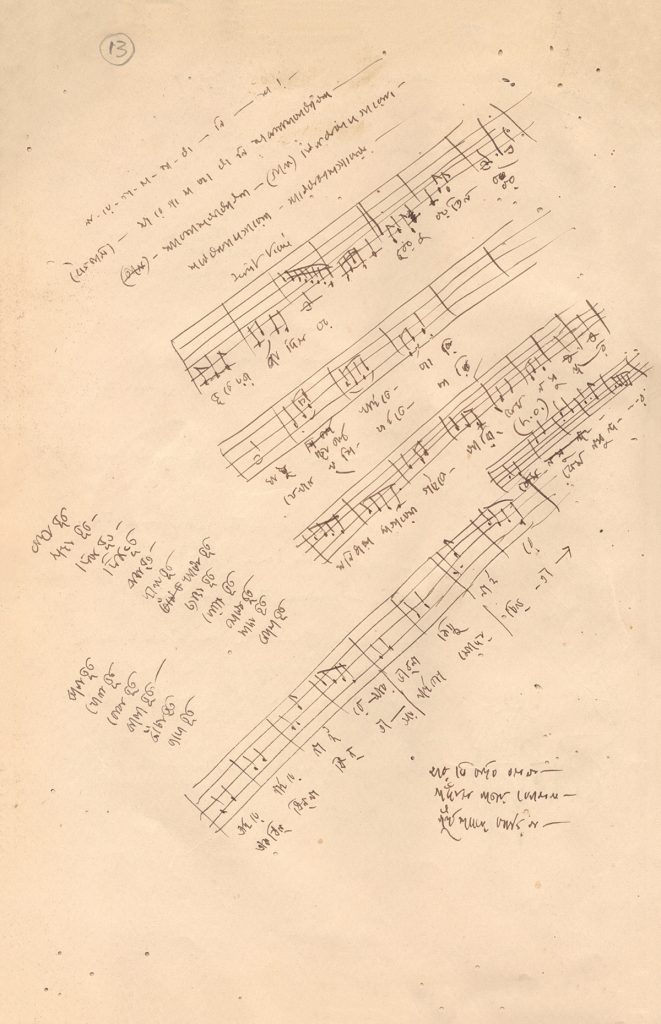
As a centenary tribute to Ray, the Centre for New Media (CENEMA), a part of TCG Crest (under The Chatterjee Group) is presenting Satyajit Ray’s Kheror Khata (Film Books) of ‘Goopy Gyne Bagha Byne’ (1969). The digitised books along with sound and movie clips, are now available on a bilingual responsive website exploreray.org. Ayananshu Banerjee, head, Projects and Digital Transformation, TCG Crest said, “The first notebook has 733 pages of the story line, sketches of characters, and sets, the shooting script and the storyboard. All of this he developed over time. The second notebook has about 200 pages on the dance of ghosts and post-production work.”
The not-for-profit website aims to provide a detailed view of the creative process behind the making of the film to researchers, filmmakers and enthusiasts alike. It came to fruition with the active involvement of Sandip Ray and Kunal Sen, the sons of two of the greatest Indian filmmakers – Satyajit Ray and Mrinal Sen. While Sandip Ray is the principal advisor and collaborator, Kunal Sen is the technical advisor. Snippets of the film used were provided by Mrs Purnima Dutta. Since the actual script is in Bengali, it has been translated into English. But since Ray himself wrote the English subtitles of the film and because the storyboards are heavily illustrated, not much verbal translation was required according to Banerjee.
The original story from which the film was adapted was by Upendrakishore Roychoudhury, Ray’s grandfather. It came out first in episodic form in 1915 in the children’s magazine ‘Sandesh’ and was later revived by Ray in the same magazine in 1961. Pages from that original story have also been archived alongside the other materials of the film. Songs, background music, iconic scenes are linked to the multidimensional contexts conceived on the Kheror Khata. ‘Goopy Gyne Bagha Byne’ was conceived as a children’s fantasy film and hence involved elaborate sets and costumes. It actually took quite a few years for Ray to conceptualise the whole film in his head.
Flipping through the pages of the Kheror Khata from 1964 to 1966 reveals how the film shaped up in his mind. “When a tune came to his head, he jotted down the notation, sometimes along with snatches of the lyrics” Ayananshu Banerjee says.

Goopy Gyne Bagha Byne’s music album is still one of the most popular in Bengali cinema. The songs are woven into the narrative of the film and the background score also still resonates in our collective cultural memory. More than seventy new piano renditions of the compositions of Ray have been released as part of this archive. This project will help a global audience to engage in research and more importantly, a younger generation will find inspiration in this interplay of the thought process of a creative mind captured in the Kheror Khata pages with the final iconic film in celluloid and derive their own insight and interpretation of the genius of Ray.
Images courtesy: exploreray.org
A cynic and an atheist who was raised in an old orthodox town by the river Hooghly, some 40 km from Kolkata. Pallavi eventually took up English literature and completed her studies from the Jadavpur University. Her lifestyle is largely determined by her toddler son and her taste buds. She has few friends. Milan Kundera, music and cinema are some of them.



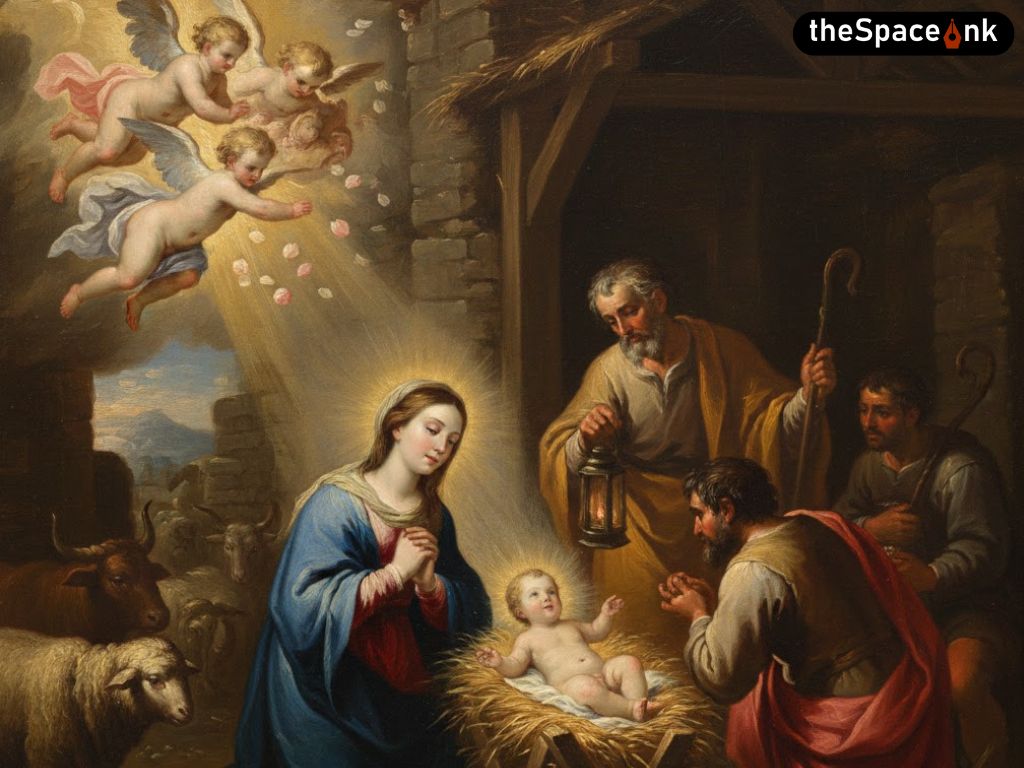
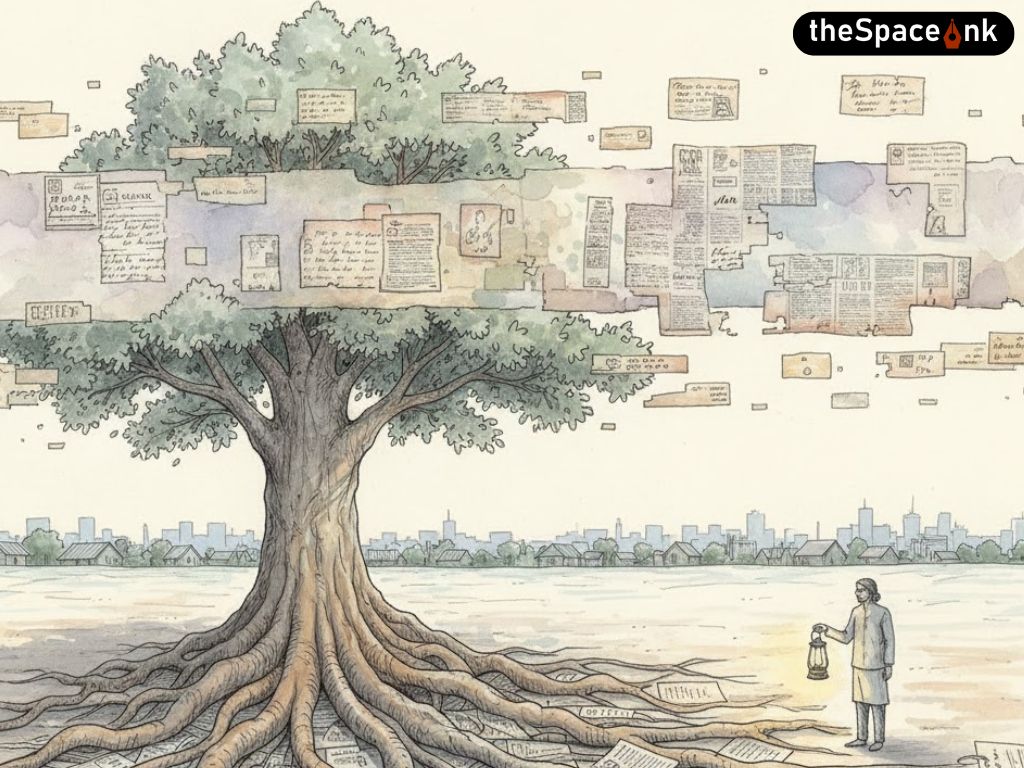
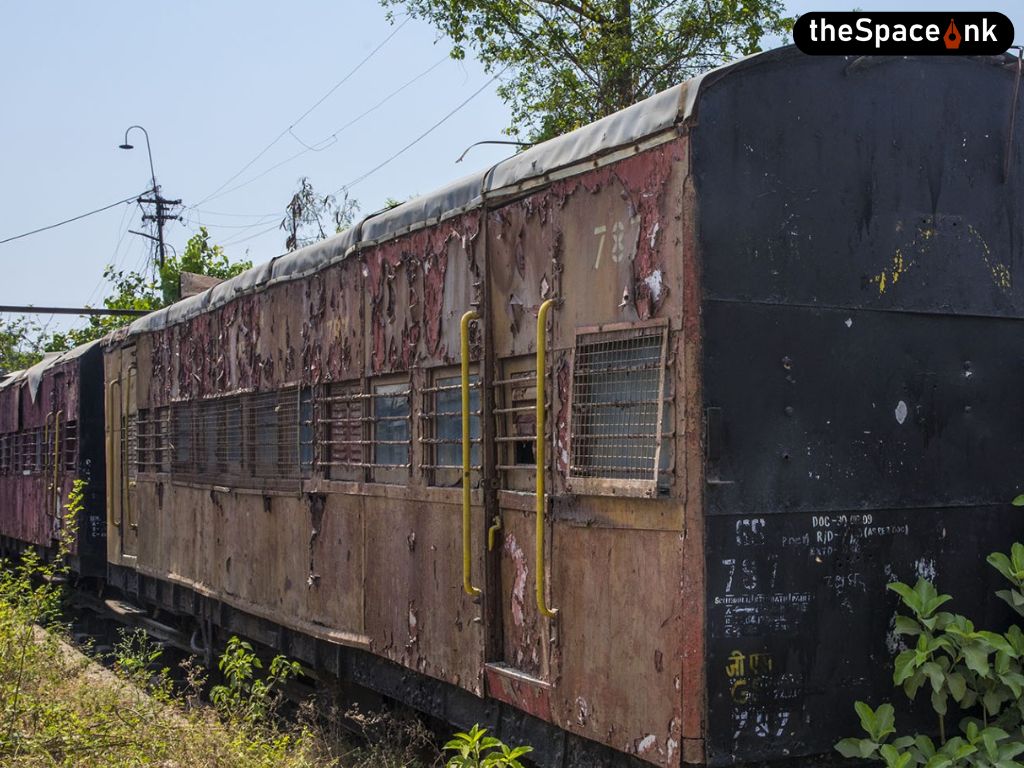
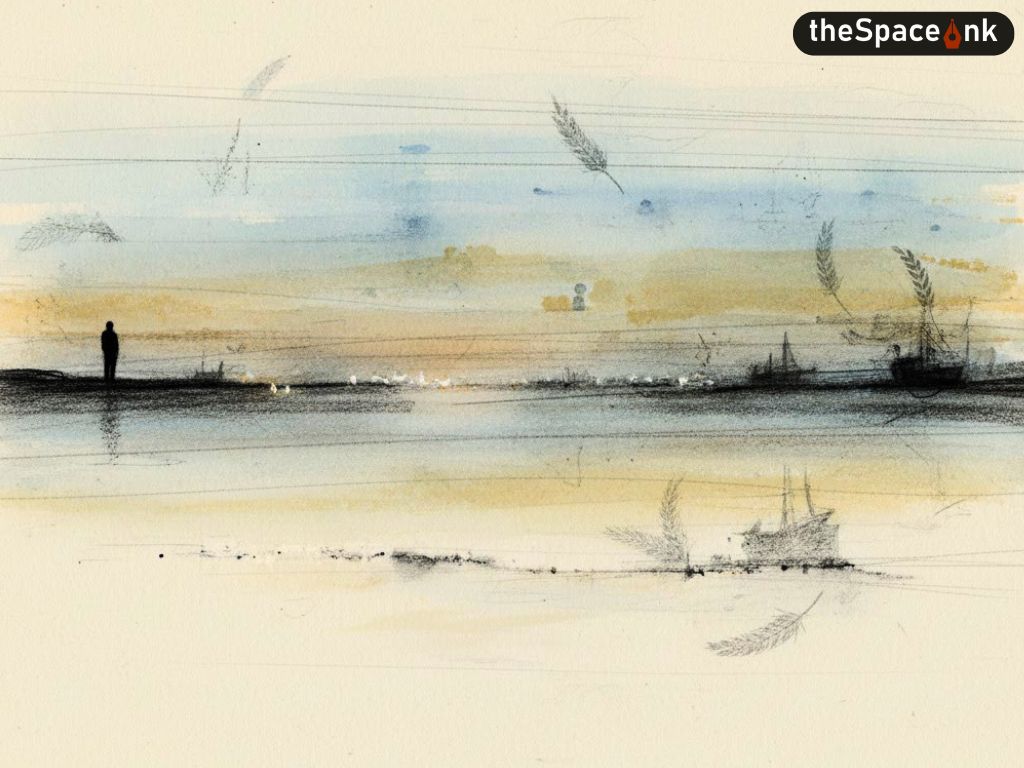
One Response
Excellent research and writing.